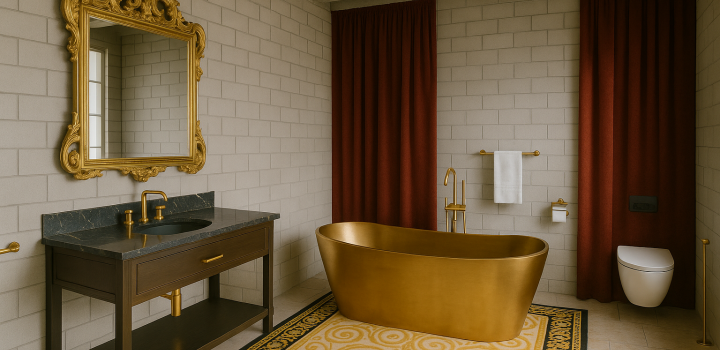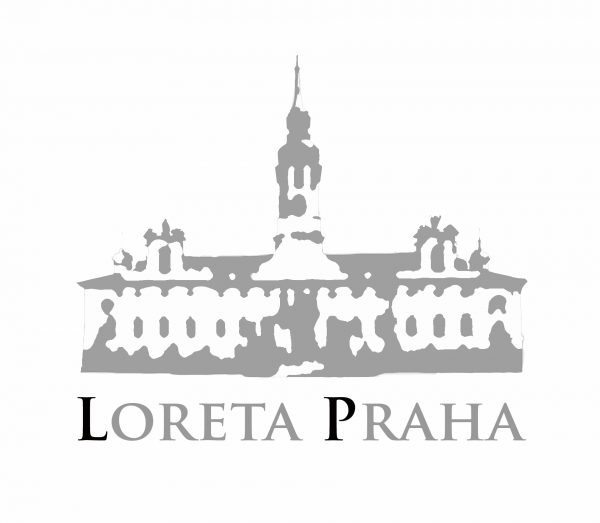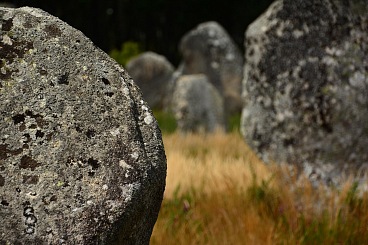Loreto Treasure: What riches does it hold?
The treasure bears the name of the Virgin Mary of Loreto and is intended for adoration or thanks for answering prayers. Specifically, it is a set of fascinating items made of precious materials from generous donors and a second largest cathedral treasure after the St. Vitus treasure.
Location
The display of luxury works of art of unparalleled quality is located in Loreto – a baroque building by the Dientzenhofer brothers. The building is situated in the Hradčany quarter, at Loretánské náměstí (Loreto Square) no. 7, near the Prague Castle. Visitors are unlikely to overlook this building, as the striking baroque frontage with the chime towers presents an arresting sight.
Treasure in its full glory
The unique character of the treasure is due to its age – the first written mention dates back to the 17th century, specifically to 1636, but also the option of seeing the treasure. This opportunity was available to noblemen, as well as commoners. Admiring the treasure and feeling the spiritual atmosphere of the place must have been a special experience.
A special treasury was created for this luxurious collection in the 18th century. Each item was installed separately in a large cabinet for proper presentation to visitors. In 1881, the historical treasury was restored and transferred to its current location, where it can be admired to this day – on the 1st floor of the Loreto entrance building.
Variety of votive shapes
The treasure is a collection of various items mainly from the period between the 16th and the 19th century – small artefacts from ivory, renaissance and baroque jewellery, bowls made of precious stones, diamond monstrance, household altar, crown of the beloved statue of Virgin Mary of Loreto.
Unequalled value
The diamond monstrance also known as the Prague Sun is the pinnacle of the goldsmithing art from the end of the 17th and the beginning of the 18th century. The item used for storing the Host is decorated with an impressive number of shining diamonds – 6 222 in total.
Chalice from 1510
The chalice donated by Kryštof F. P. of Lobkowicz is another interesting piece in the collection. It is decorated with a fascinating combined technique: the stem (the body of the vessel) carries six fields of alternating blue and red enamel with drawings of saints, suffering Christ and the Virgin Mary.





















